Moths of the Lower Rio Grande Valley
LRGV Specialty Moths - Micromoths & Tortrids
These are moths that (according to the Moth Photographer's Group) are only found in the Lower Rio Grande Valley.
Disclaimer: This collection is
not
comprehensive!
Micromoths
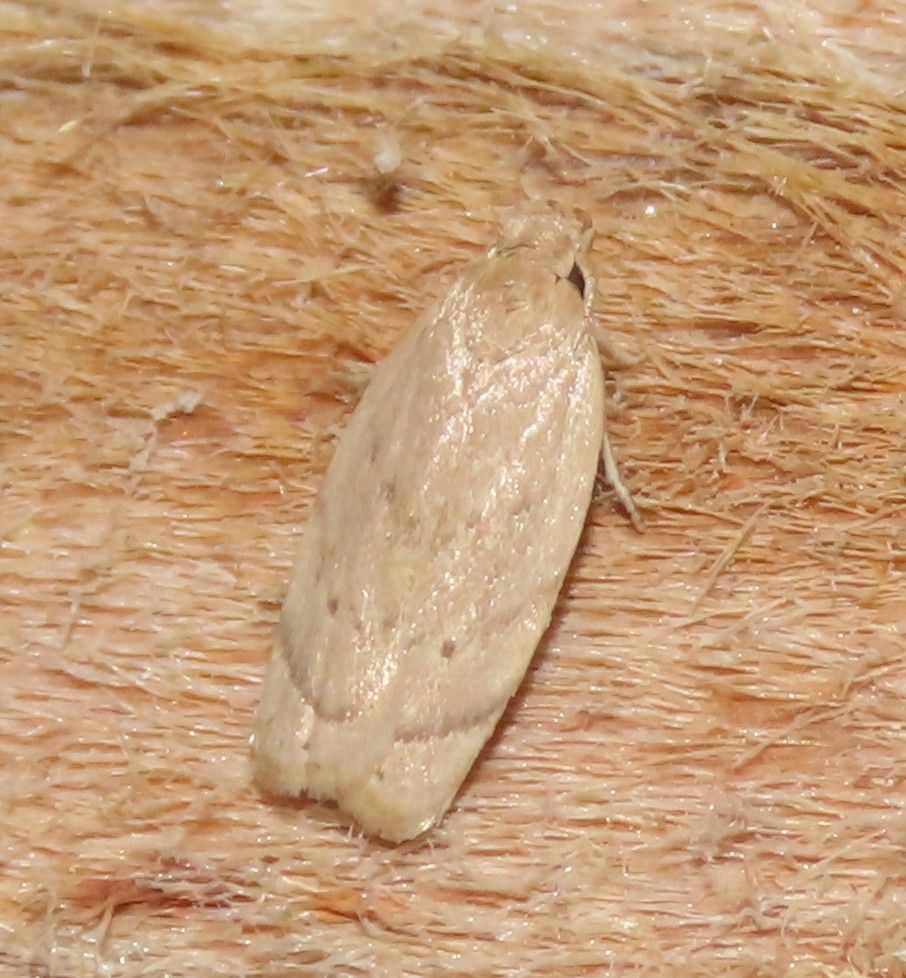
Hesitating Bird-dropping Moth (Antaeotricha haesitans)
Not to be confused with the bird-dropping moths belonging to the Noctuid family, this small straw-colored moth has a distinctive, curvy PM line, with less obvious V-shaped median and AM lines. The PM line has two discal spots that are usually visible, but all these field marks can be subtle. Recorded August to December with records in May and June.
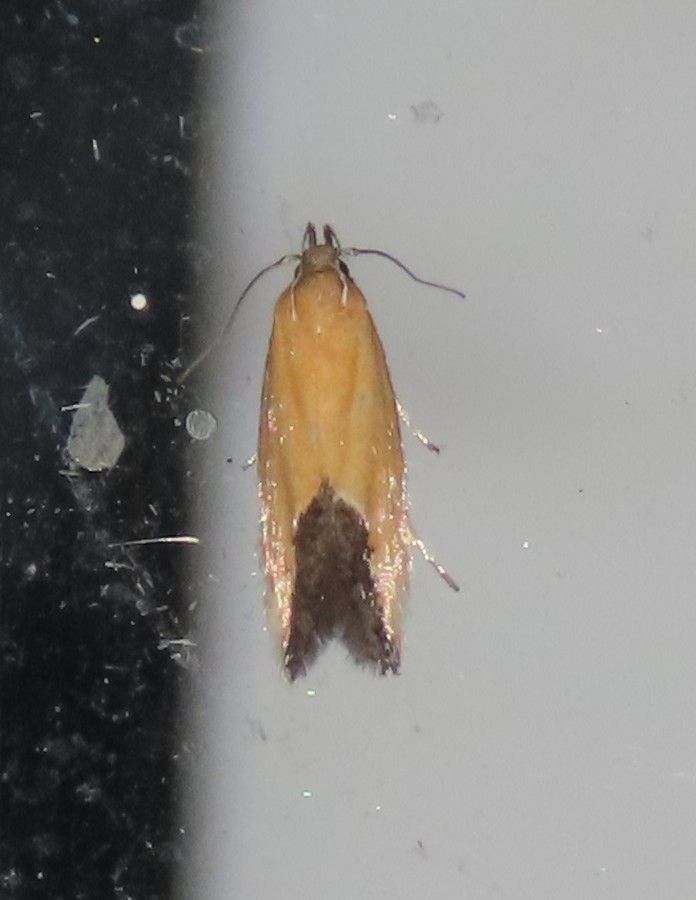
"Vargo's" Triclonella (Triclonella n. sp.)
A "new" moth that hasn't been formally described yet, the coined name is in honor of Jim Vargo who collected the first specimens in Palmview, Texas. A similar species (T. pergandeella) occurs in the southeast and has two distinct discal spots on the forewing. One record in August.
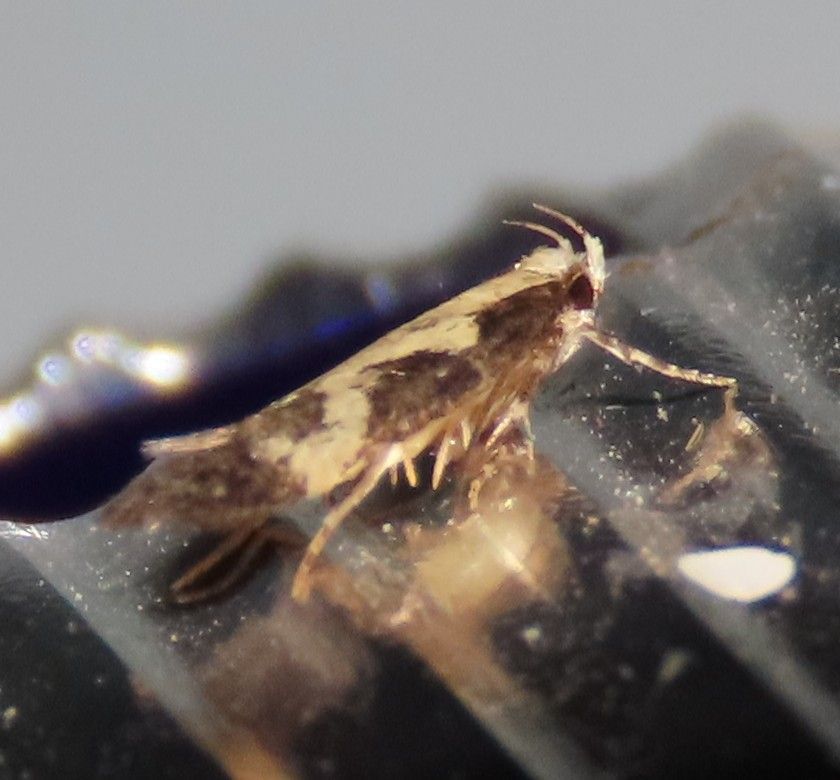
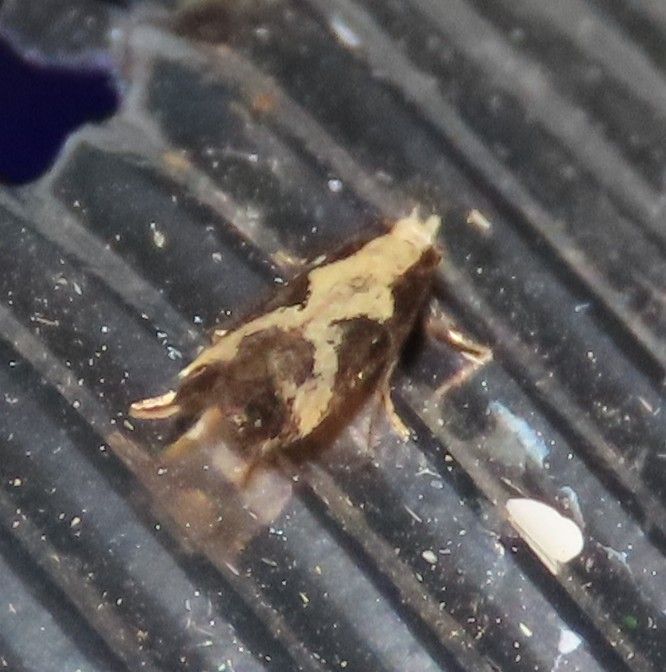
Shooting Chionodes (Chionodes thyotes)
The distinctive pattern of this Chionodes looks rather like a Sumo wrestler when viewed from the top: the diamond-shaped patch or "saddle" has two spread "legs" with "feet" planted firmly at the costa of the forewing! One record in September.
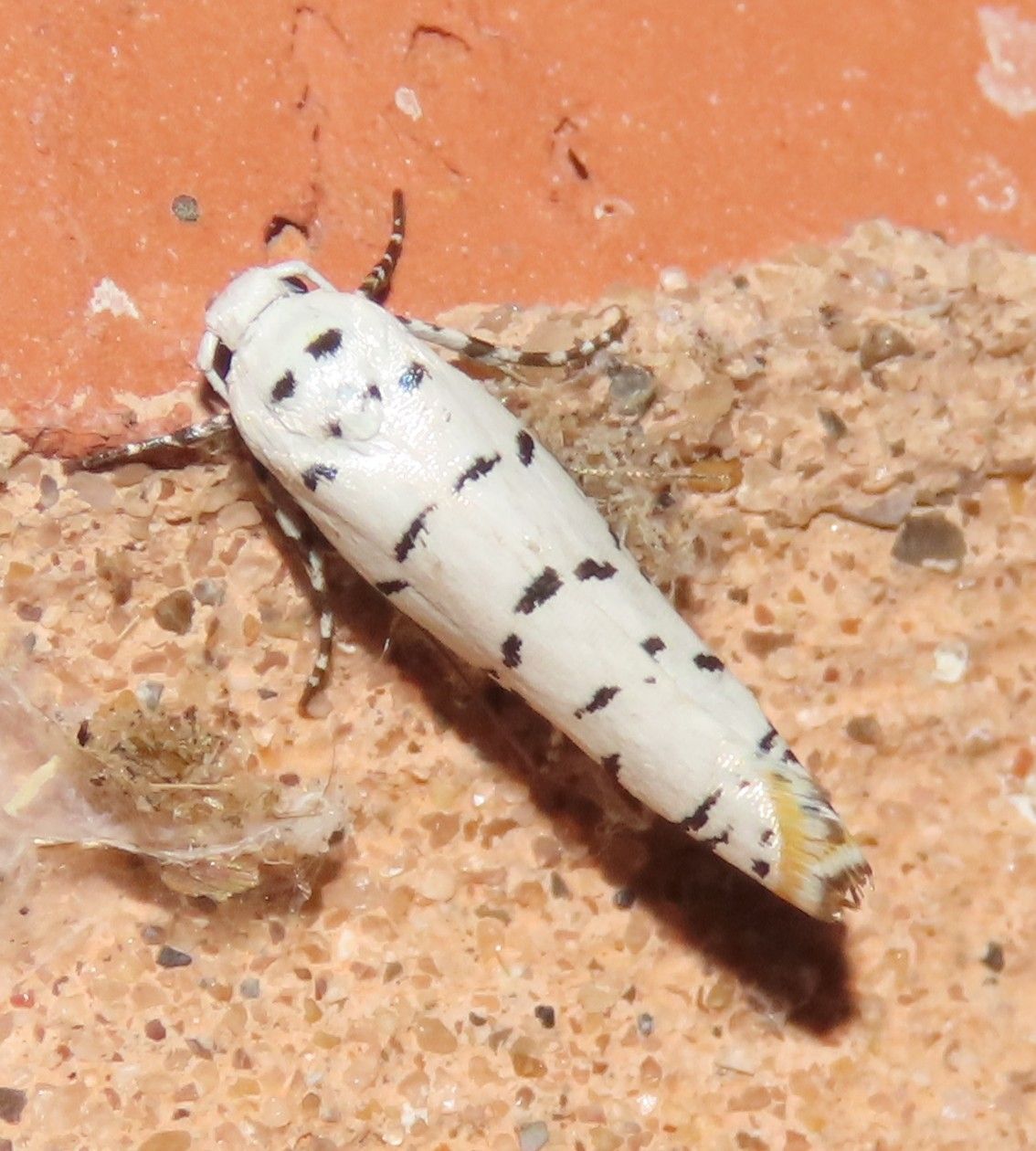
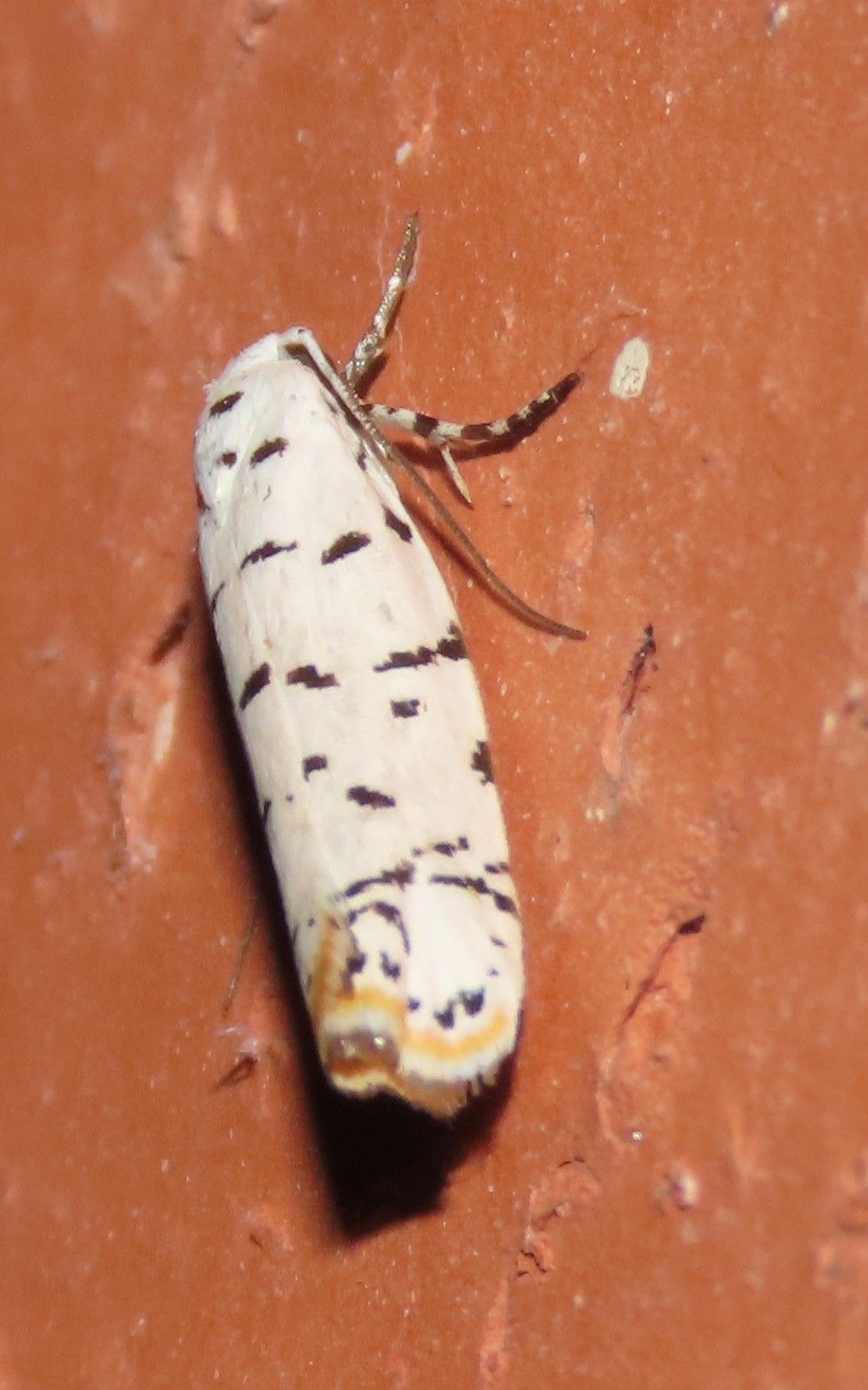
Broken-banded Ethmia (Ethmia davisella)
With only a handful of US records, this is a recent arrival to the LRGV. Easily overlooked as the much more common Ladder-backed Ethmia; look for the thinner, "chopped up" bands (some individuals can even appear spotted). Recorded in September.
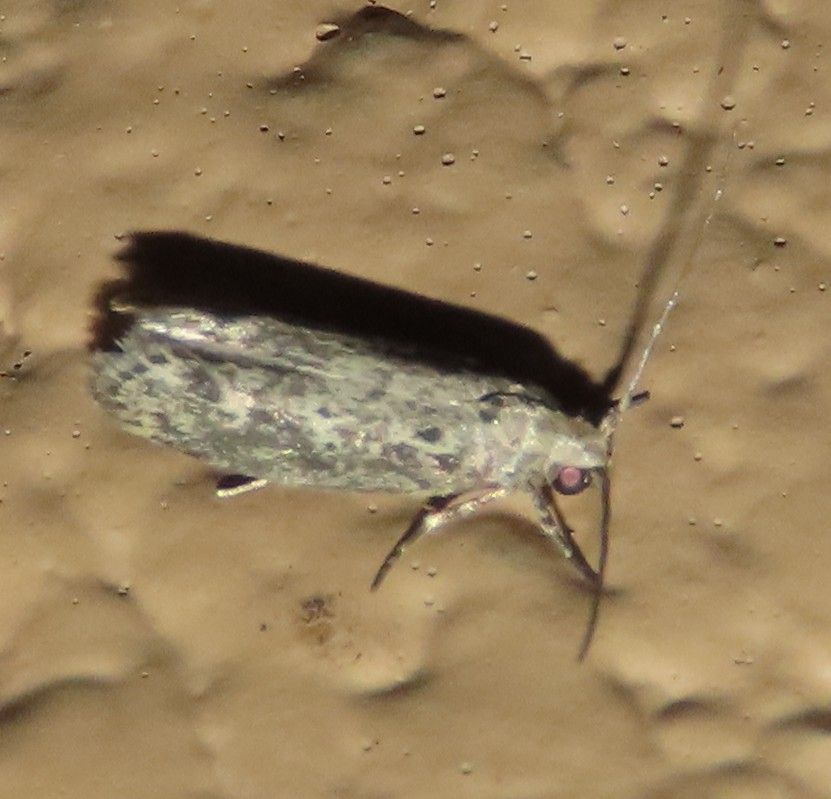
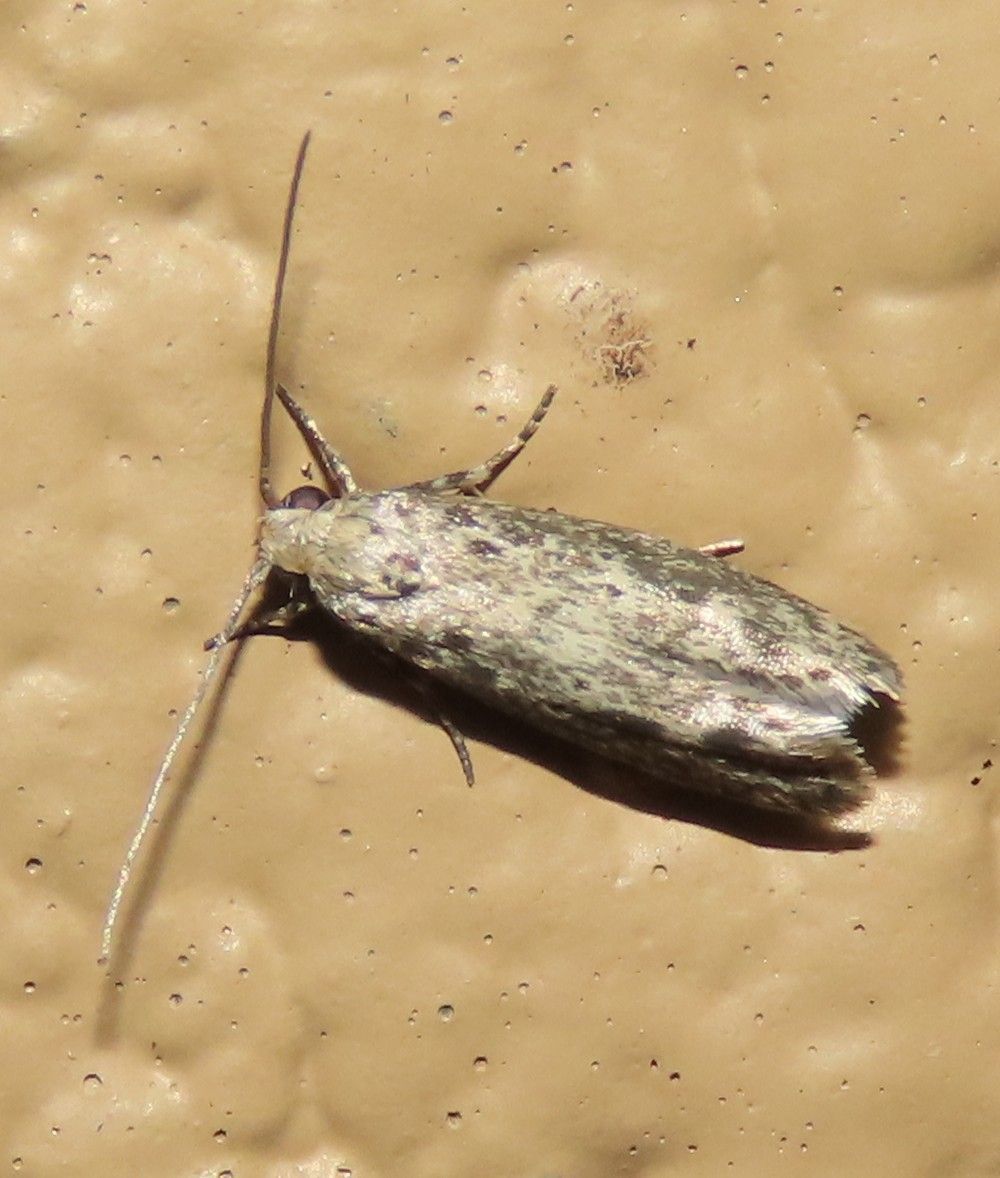
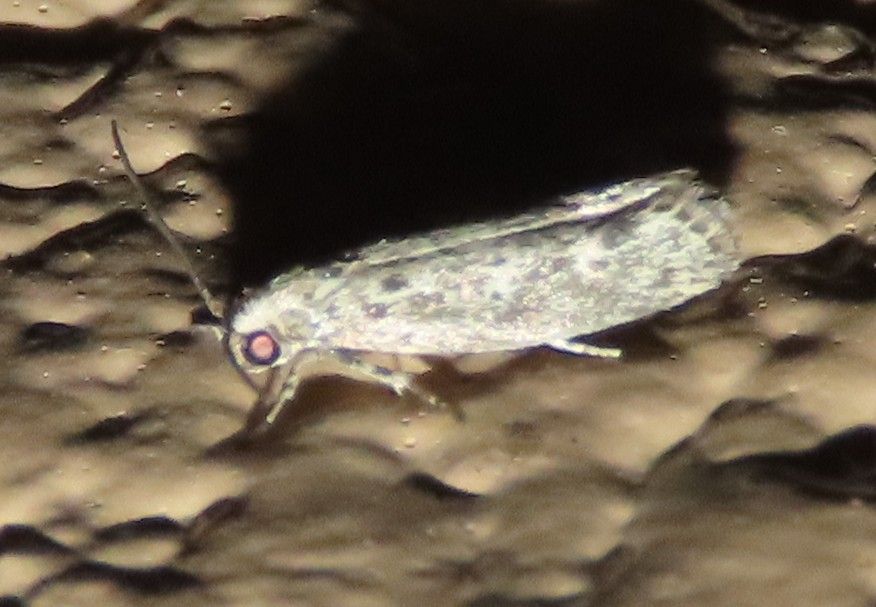
Pepperella Ethmia (Ethmia nr-piperella)
Easily confused with other mottled micros, this one strikes me as a very washed-out Half-shadowed Ethmia (Ethmia semiombra) from above, with a paler back and subtly darker on the sides. The blackish spots appear to be ringed in white, and the spotted ST line could be a helpful clue as well. Recorded in April.
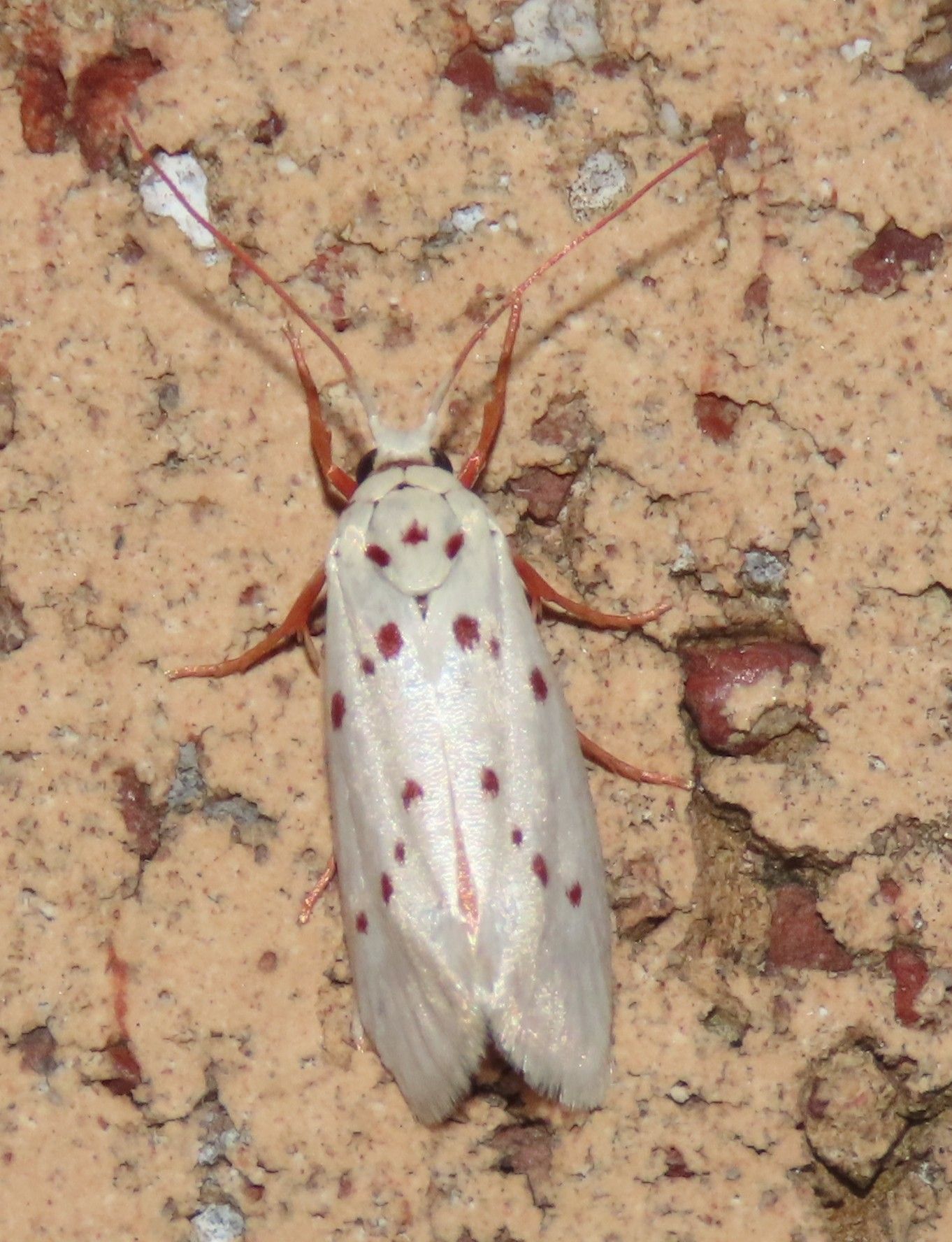
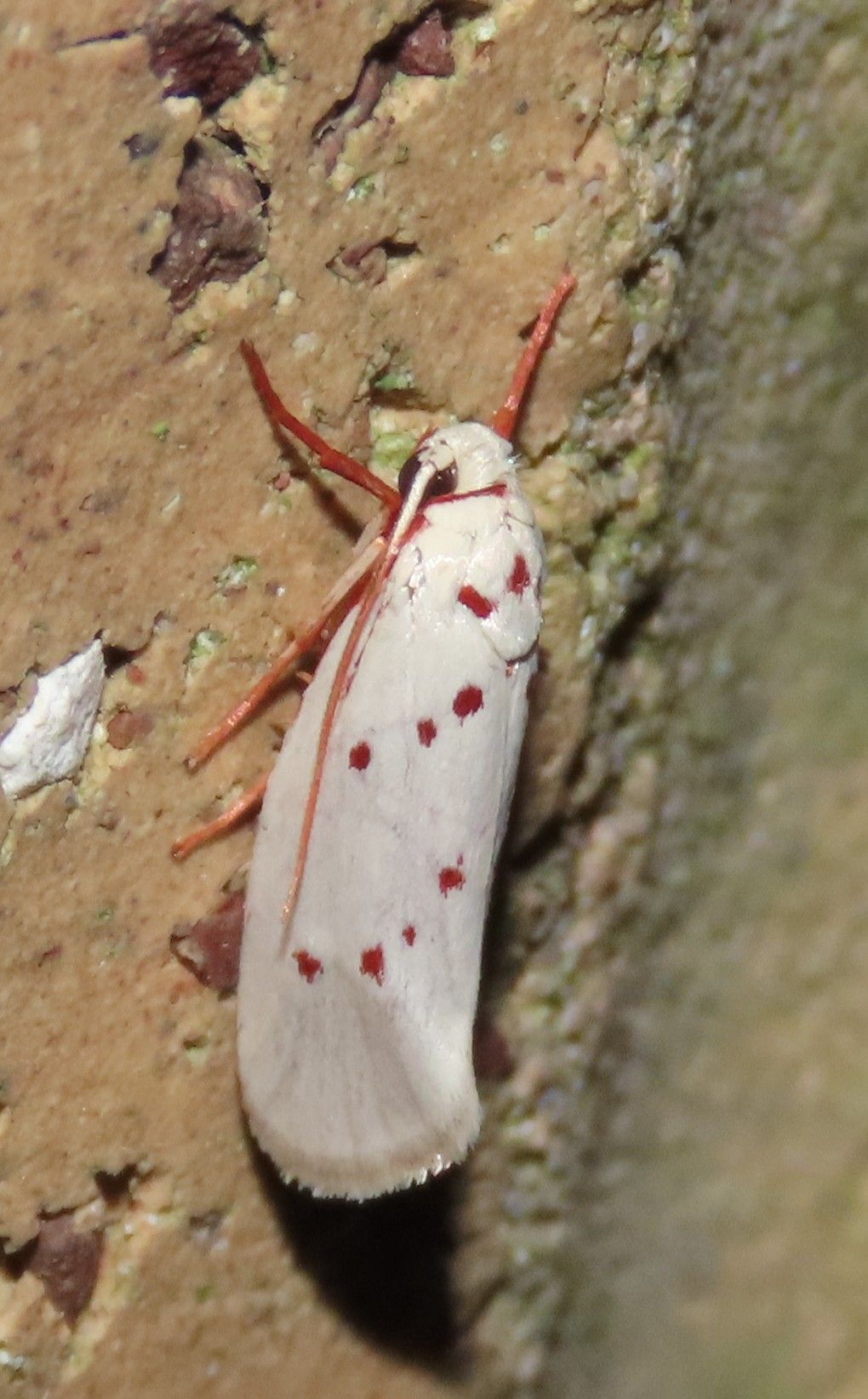
Red-spotted Enaemia (Enaemia [Lactura] basistriga)
A member of the Tropical Burnet Moth family, this distinctive milky moth has three rows of red dots, along with outlandish red legs! Although my only record was in June, there were tons of individuals at this location (Resaca de la Palma State Park) on that date!
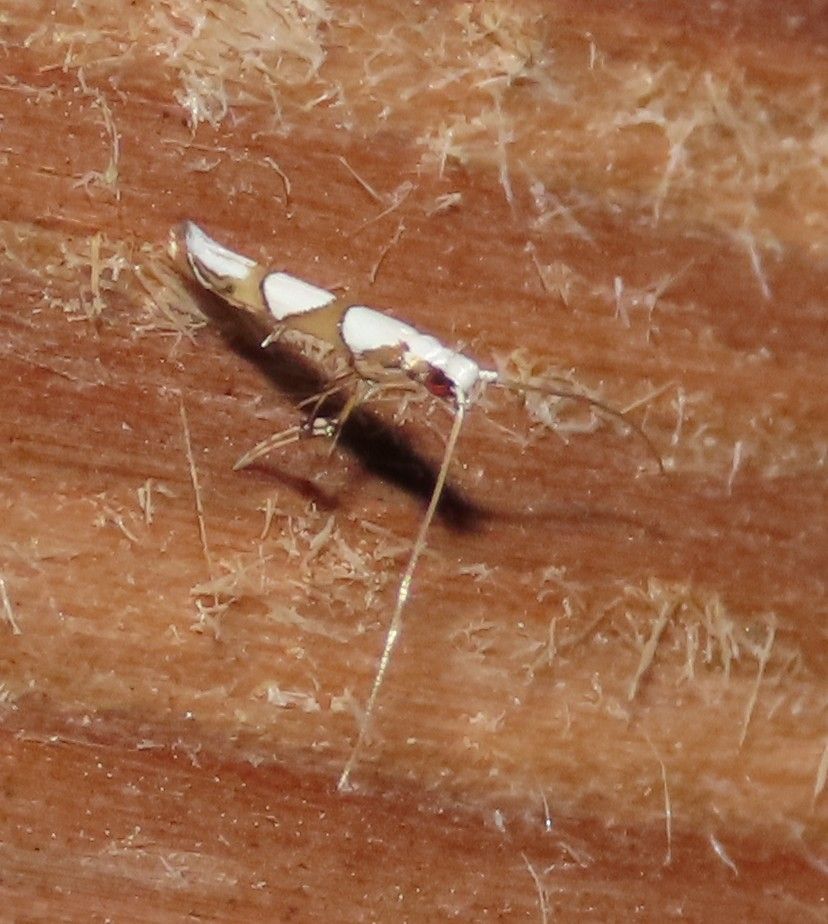
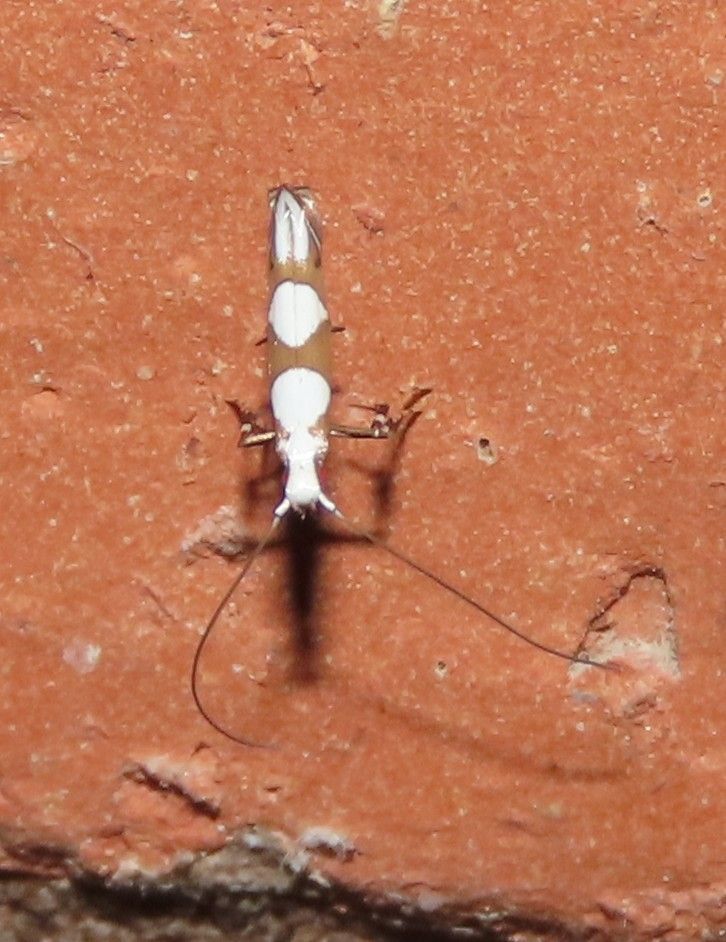
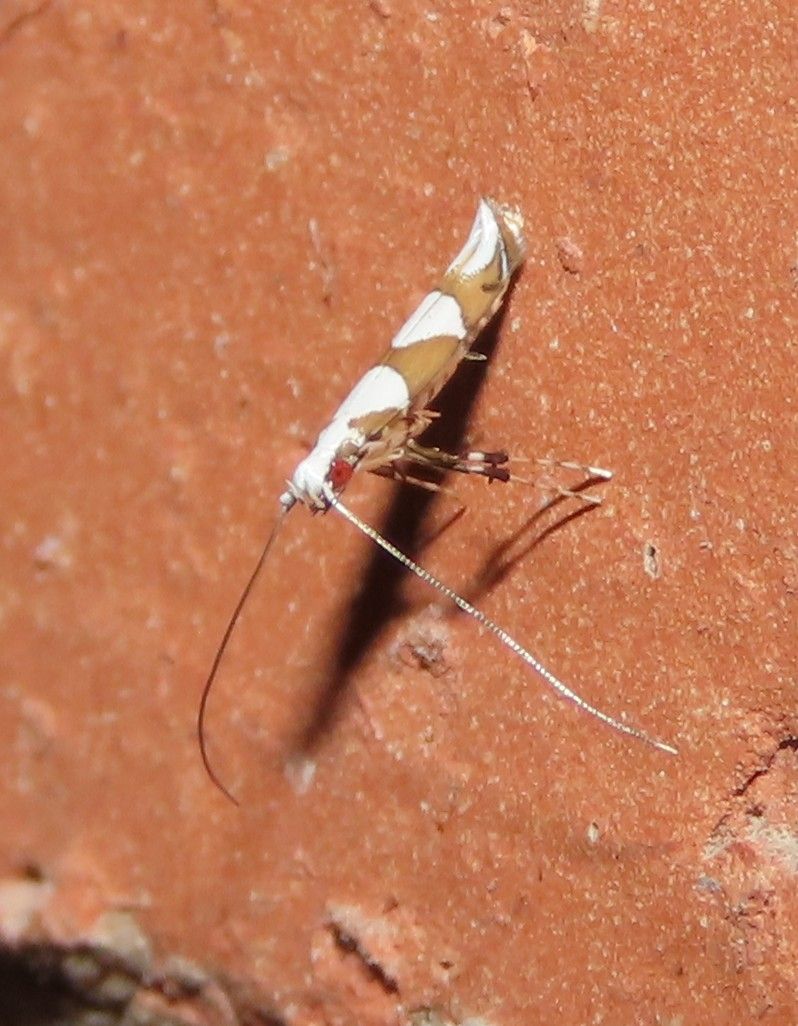
Dialectica Moth (Dialectica cordiella)
Because the type locality of this tiny little leaf blotch-miner moth is Cuba, many lepidopterists believe it could show up in Florida, but as of now the only US records are in the LRGV. Unmistakable with its white diamond-shaped blotches on its orange body, it still could be overlooked because of its miniscule size! Recorded in October and December.
Tortrids
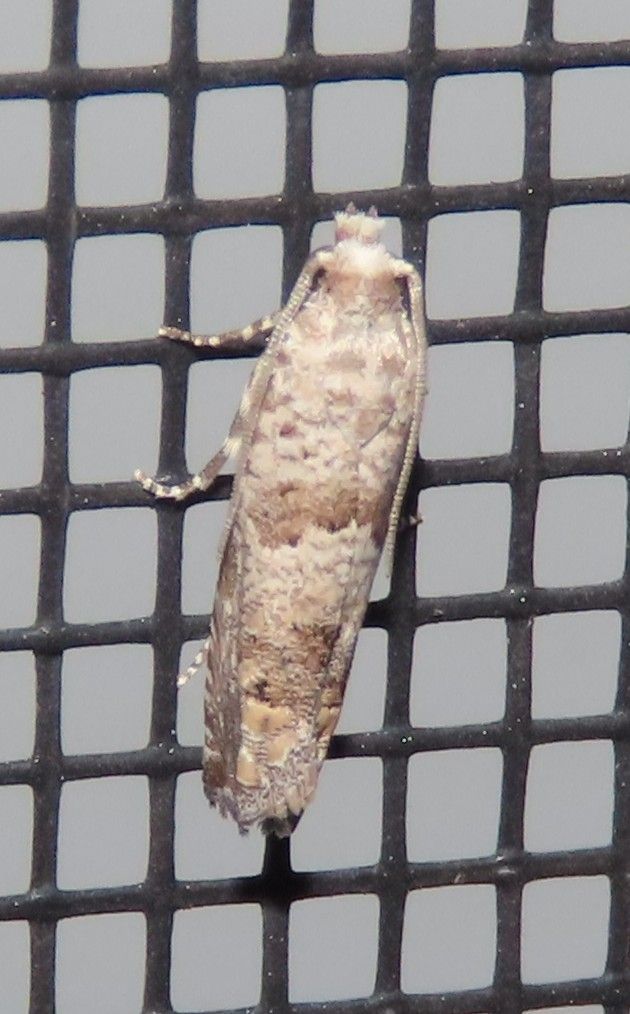
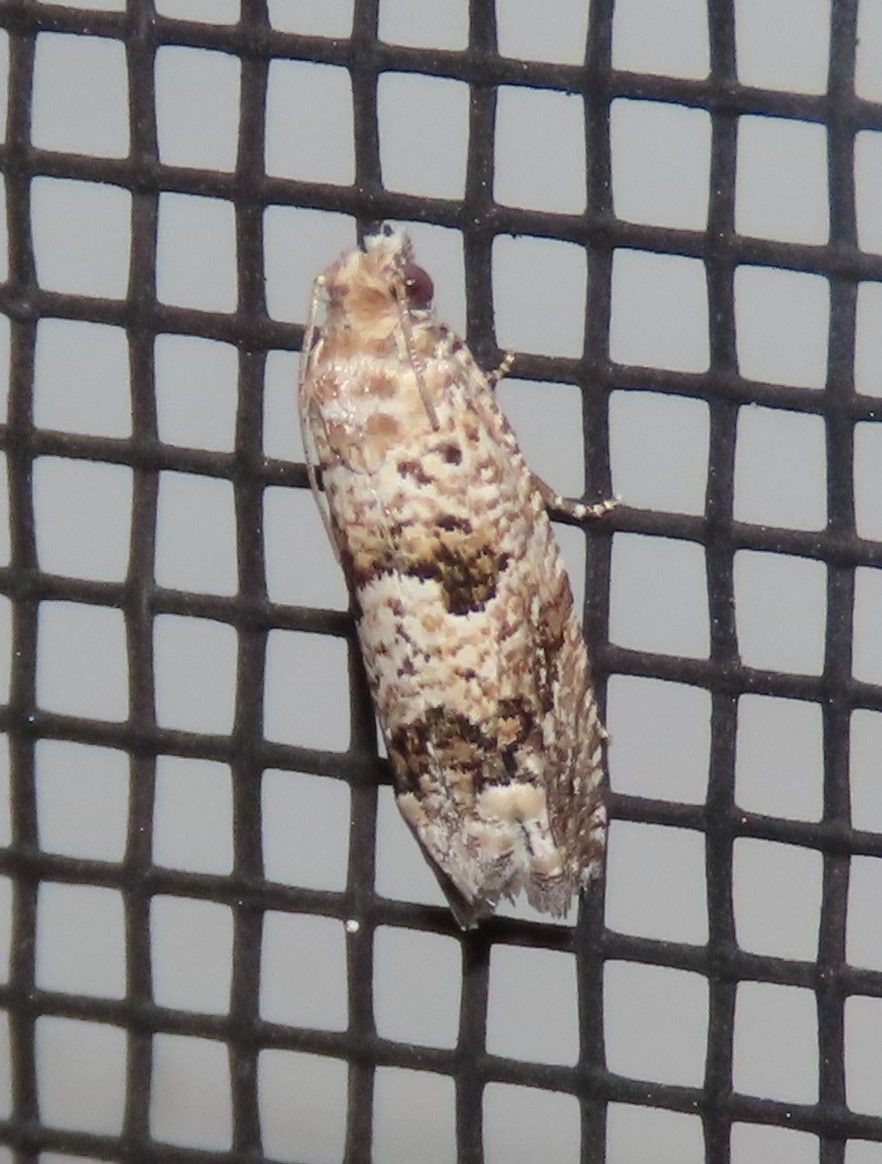
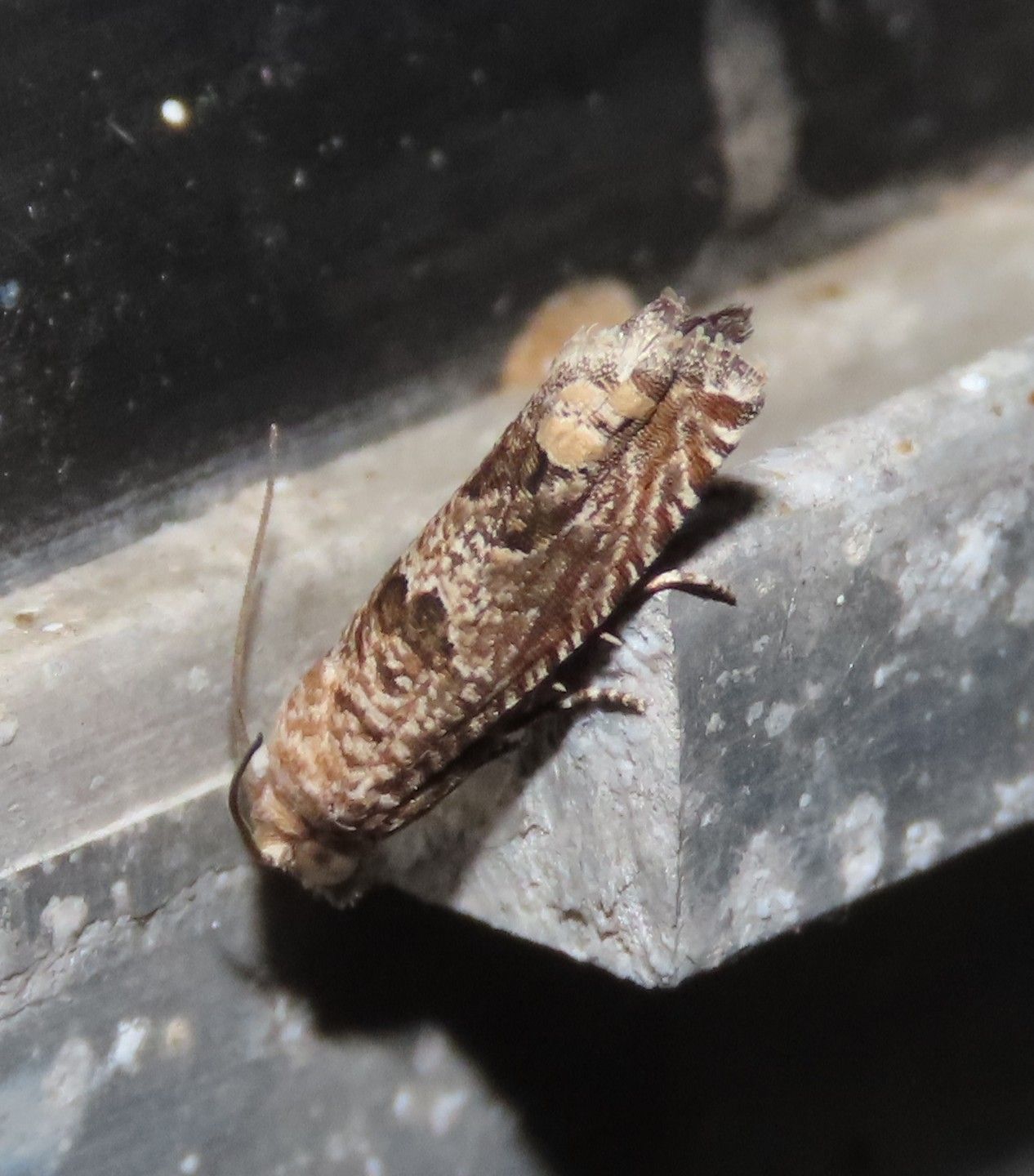
Salaciana Pelochrista (Pelochrista salaciana)
This Eucosmini moth has a pale ground color mottled with fragmented tan or brown bars, with darker patches that stand out in the median area and above the cream-colored ST area (somewhat like a Member Moth in reverse). Depending on how densely mottled the individual is, the median patch can appear to be bordered with a pale line on the distal side. Recorded July to October, with records in May and December.
